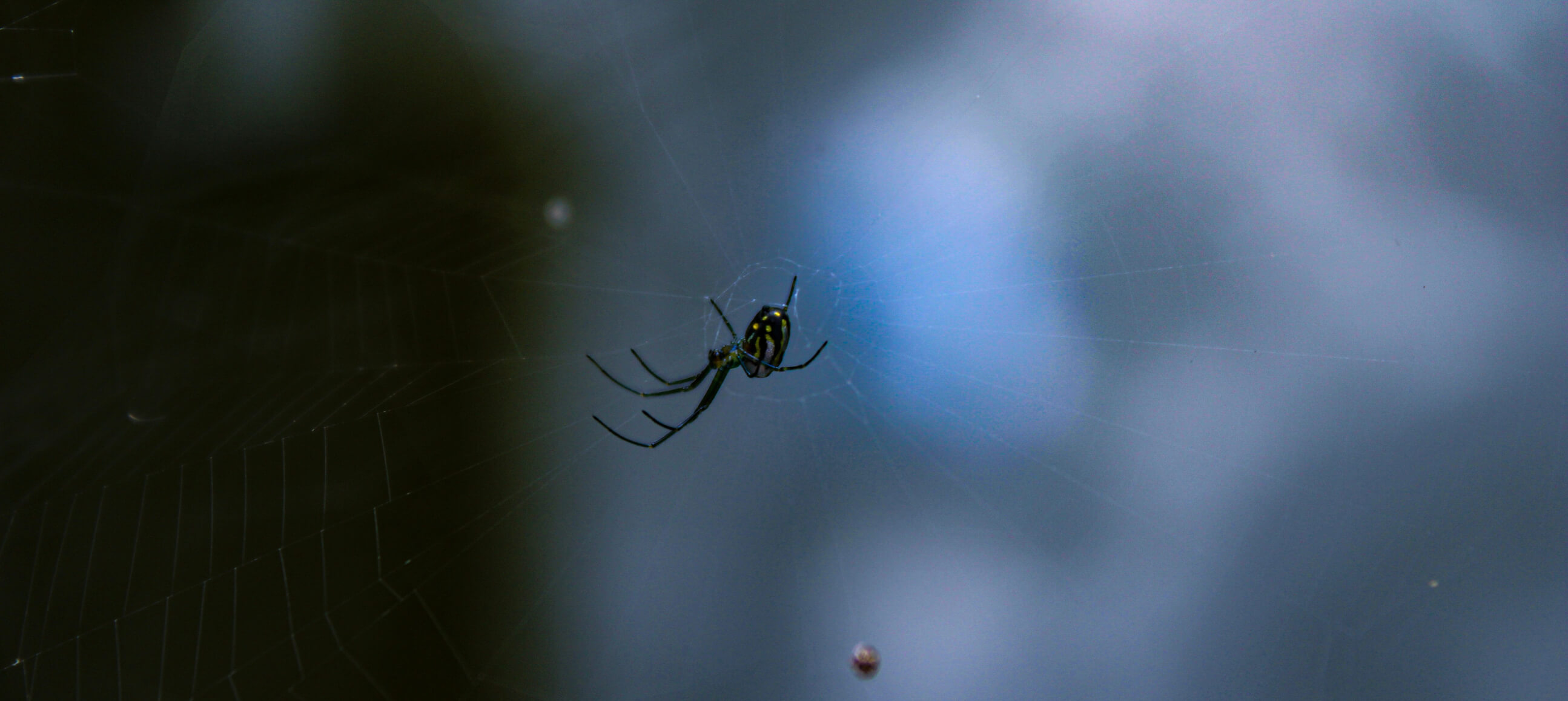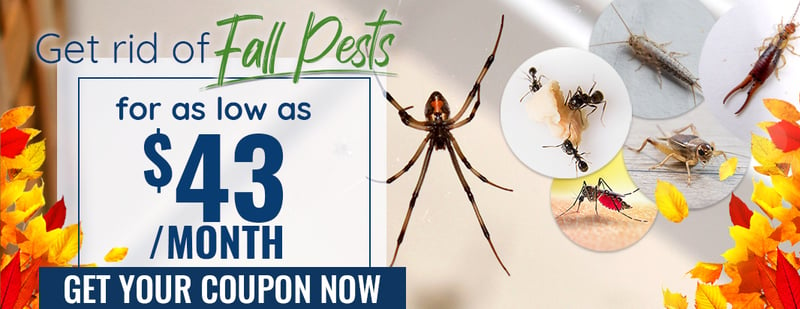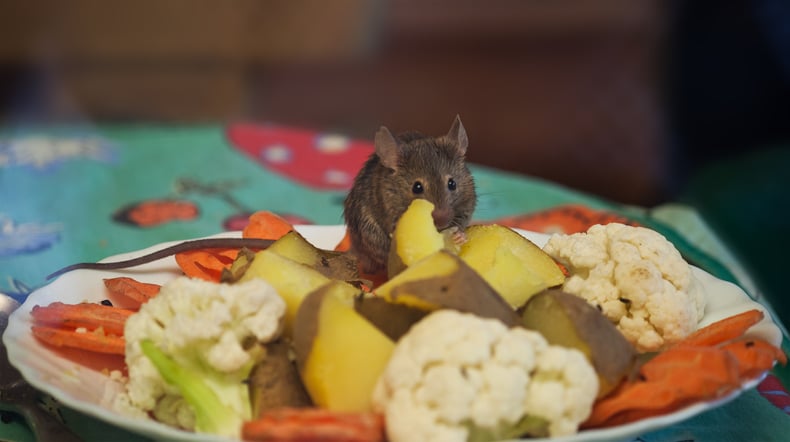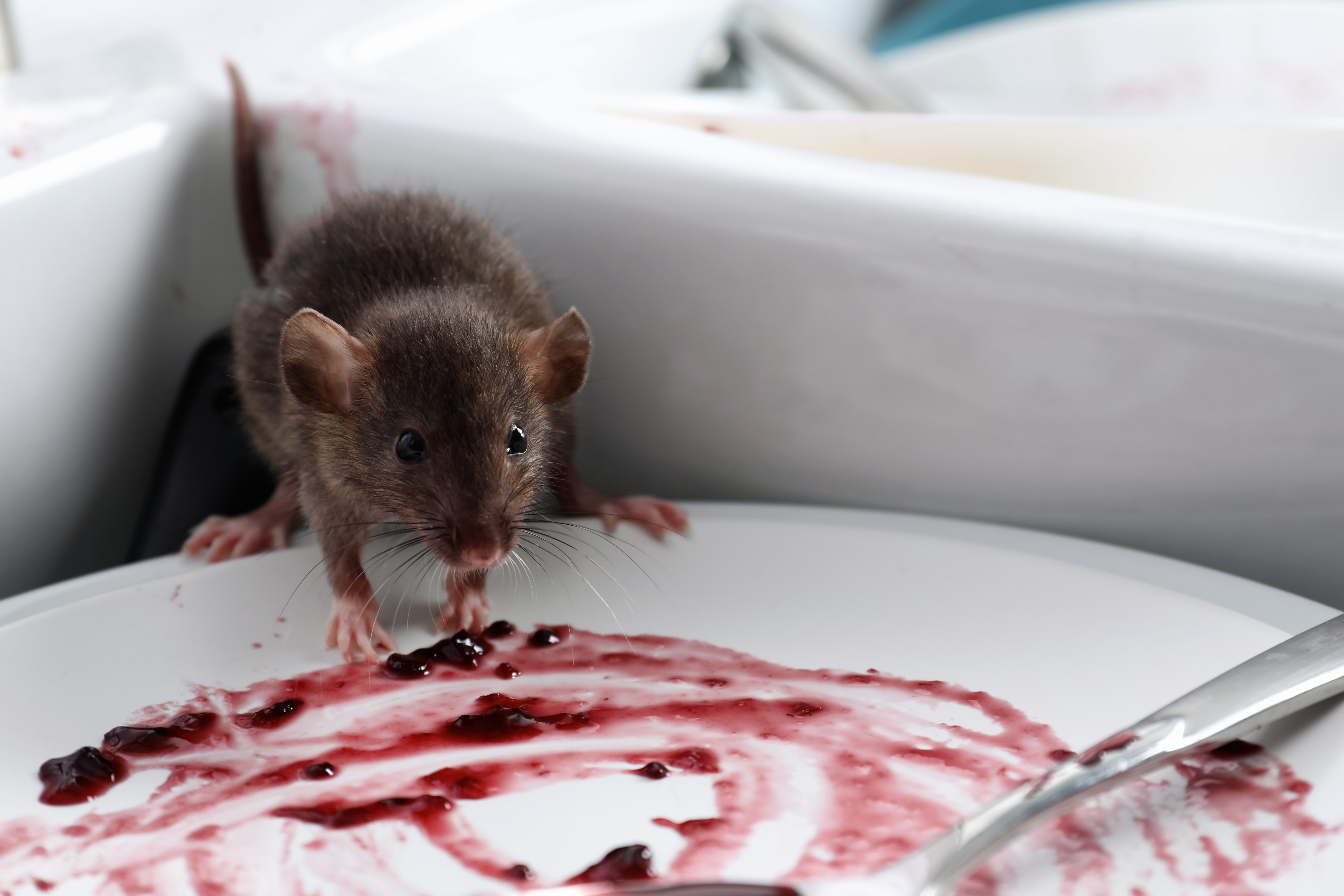Southern California, known for its sunny beaches and pleasant climate, is also home to some creepy crawlers. As Halloween approaches, pests such as such as silverfish, mosquitoes, bees, cockroaches, ants, crickets and pincher bugs continue to be very active. But none of these are more spooky during these times than spiders. Let’s delve into the world of spider control and explore why these eight-legged creatures seem to be more active during this Halloween season. Join me on this eerie journey as we unveil the secrets of spider infestations in Southern California and how to keep your home arachnid-free.
The Specter of Spider Control
Ah, Halloween! The season of costumes, candy, and creepy critters. As an entomologist with over three decades of experience, I've encountered my fair share of arachnids. While spiders are a year-round presence in Southern California, there's something about Halloween that seems to bring them into the spotlight. Spiders are normally harmless creatures. In fact, they often act as natural pest controllers, preying on other insects that might invade our homes. However, when their numbers increase, and they start spinning webs in every nook and cranny in your home or garden, it can turn into a real nightmare.
Southern California: Spider's Paradise
Now, you might wonder why Southern California is the ideal breeding ground for these eight-legged creatures. Well, it's all about the climate. Southern California boasts a Mediterranean climate, characterized by mild, wet winters and hot, dry summers. This climate provides spiders with the perfect conditions to thrive.
During the warmer months, all kinds of insects become more active, providing a steady source of food for spiders. Additionally, the dry Southern California climate encourages spiders to seek shelter indoors, which is where the trouble begins for homeowners.
The Arachnid Masquerade: Spiders and Halloween
As Halloween approaches, the streets are adorned with spooky decorations. It seems only fitting that spiders join the seasonal parade, right? Spiders' increased visibility during this time can be attributed to several factors. First, the cooler autumn weather prompts spiders to seek warmth indoors, leading them into our homes. Second, the Halloween decorations and dimly lit interiors create ideal hiding spots for these nocturnal creatures.
Lastly, the eerie allure of spiders complements the Halloween ambiance. Many homeowners incorporate fake spider decorations into their displays, inadvertently attracting real ones seeking mates or prey.
Now, let's meet the stars of the show—the spiders you're likely to encounter in Simi Valley, Santa Clarita, Oxnard, Sherman Oaks, Woodland Hills, and surrounding areas during the Halloween season are these:
- Black Widow Spider: This is one of the most notorious spiders in Southern California. Black widows are recognized by their glossy black bodies with a distinctive red hourglass shape on the abdomen. They tend to build messy cobwebs in undisturbed areas like garages, sheds, and woodpiles. While their venom is potent, they usually only bite in self-defense, and fatalities are incredibly rare.
- Brown Recluse Spider: They have a violin-shaped marking on their back and are typically light brown. Brown recluses are known for their reclusive nature and are often found in dark, quiet places like closets, basements, and attics. Their bites can be necrotic, but bites are infrequent.
- American House Spider: This spider is a common resident in Southern California homes. They are small and have a mottled brown appearance. You'll often find them hanging out in their messy, tangled webs in corners or near windows. While their presence may seem unsettling, they are harmless and help control other insect populations.
- Cellar Spider: These are the spiders you often see hanging upside down in your basement or cellar, hence the name. They are recognized by their long, spindly legs and pale color. Cellar spiders are harmless and are even beneficial, as they prey on other small insects and spiders.
While these spiders do not pose significant threats to humans, understanding their behavior and habits can help you coexist peacefully during the Halloween season and beyond.
Trick or Treat: What Spiders Feast On
Spiders might send shivers down your spine, but they play a vital role in controlling other pest populations. They can be considered nature's pest control agents. However, the presence of spiders in your home might indicate an underlying pest issue. If they find abundant prey indoors, they're more likely to stick around. Let’s see what is the diet for each of the following spiders:
- The Venomous Vampires: Black Widow and Brown Recluse Spiders
When it comes to their dining preferences, these spiders prefer a diet that truly suits their sinister reputation.- Black widow spiders are skilled hunters that lurk in the shadows, ready to pounce on their prey. They favor feasting on a variety of insects, from flies and mosquitoes to beetles and grasshoppers. Their venom acts like a dark magic potion, paralyzing their victims and liquefying their insides for a gruesome slurp.
- Brown recluse spiders, on the other hand, are known for their secretive habits and nocturnal foraging. These cryptic creatures enjoy dining on softer, smalerl insects, other spiders, and even the occasional snack of dead skin or flesh. Their venomous bite is designed to break down their prey's tissues, allowing them to savor a macabre soup of dissolved insides.
- The House Haunters: American House Spider
Unlike their venomous counterparts, American house spiders are the misunderstood phantoms of Southern California homes. These spinners are more interested in providing homeowners with a free pest control service than causing trouble. Their favorite treats include common household pests like flies, ants, and even smaller spiders. They meticulously weave intricate webs in the corners of rooms, patiently waiting for unwary insects to stumble into their snares. - The Phantom Pholcidae: Cellar Spiders
Cellar spiders, often dubbed "daddy longlegs," have an eerie elegance that makes them appear otherworldly. Despite their weird appearance, these spiders are skilled hunters of smaller insects, including flies, mosquitoes, and even smaller spiders.
So, while some Southern California spiders may indeed haunt your nightmares, they mostly stick to feasting on the local insect population. By playing their roles as pest controllers, they contribute to the equilibrium of nature. So, the next time you stumble upon one of these spiders, consider giving them a nod of respect for their creepy, crawly, and crucial work in maintaining the balance of our ecosystem.
Drawing the Curtain: What Attracts Spiders to Your Southern California Home
Spiders are opportunistic creatures, and several factors can draw them into your home:
- Prey Availability: If your home has an existing pest problem, it's like an all-you-can-eat buffet for spiders. Eliminating other pests can reduce the spider population.
- Clutter: Spiders love hiding spots. If you have a cluttered home with plenty of hiding places, then you’re providing the ideal conditions for spiders to establish themselves.
- Outdoor Lighting: Insects are drawn to light sources at night, and where there are insects, there are spiders waiting to prey on them.
- Cracks and Crevices: Gaps in your home's structure provide entry points for spiders. Sealing these gaps can help keep them out.
Spider Heroes or Villains?
Despite their creepy appearance, spiders are essential to our ecosystem. They help control insect populations, reducing the need for chemical pesticides. In gardens, they can be valuable allies, protecting your plants from pests.
In your home, though, they can be a different story. While most spiders are harmless, some can deliver painful or even dangerous bites. Moreover, nobody wants their living space overrun by arachnids. So, even though spiders are nature's pest controllers, an overabundance of any species can disrupt this balance.
Web of Destruction: Potential Damage from Southern California Spiders
While most spiders are relatively harmless to humans, they can still cause some problems:
- Unsightly Webs: Spider webs can quickly accumulate, making your home look neglected and abandoned.
- Bites: Venomous spiders like black widows and brown widows can deliver painful bites, which, while rarely fatal, require medical attention.
- Stress: Fear of spiders, known as arachnophobia, can be distressing. An infestation can lead to constant anxiety and discomfort.
What Kind of Damage Would Southern California Spiders Cause to My Home, Property, and Family?
Despite their ominous reputation, most spiders found in Southern California are not harmful to humans or likely to cause direct damage to your home or property. However, it's essential to exercise caution and be aware of potential issues:
- Bites: While the bites of spiders like the American house spider and cellar spider are typically harmless and rarely even felt, the bites of black widow and brown recluse spiders can cause discomfort and, in some cases, more severe symptoms. It's crucial to seek medical attention if bitten by these venomous spiders.
- Webs: The messy, unsightly webs that some spiders create can be a nuisance when they accumulate in and around your home. Regular cleaning and removal of webs can help maintain a tidy living space.
Spider Control: Warding Off Intruders Inside and Outside Your Home
If you find yourself dealing with more spiders than you're comfortable with, especially during the Halloween season, consider these spider control strategies for both inside and outside your home:
Inside Your Home:
- Regular Cleaning: Spiders are attracted to clutter and hiding spots. Keep your home tidy, reducing potential hiding places.
- Sealing Entry Points: Seal cracks, gaps, and crevices in your home's walls, windows, and doors to prevent spiders from entering.
- Natural Predators: Encourage natural predators like birds or geckos, which feed on spiders, to frequent your property.
Outside Your Home:
- Landscaping: Trim bushes and trees away from your home to reduce bridges for spiders to enter.
- Outdoor Lighting: Replace white outdoor lights with yellow or sodium vapor bulbs, which attract fewer insects and, consequently, fewer spiders.
- Pest Control Services: Consider professional pest control services for a more targeted and effective approach to spider control.
The Haunting Continues: Spider Control in a Community
The battle against spiders is not one you must face alone; your entire community can join in on any spider control efforts:
- Coordinate with Neighbors: Talk to your neighbors about spider issues, and collectively implement preventive measures like regular property cleanups.
- Community Education: Organize community workshops or seminars on spider identification, prevention, and safe handling.
- Professional Residential Pest Control Services: If your community faces a severe spider problem, consider consulting with a pest control professional who specializes in community-wide pest management.
Conclusion: Embrace the Spooky Spectacle
As All Hallows' Eve draws near in Southern California, spiders will inevitably emerge as iconic symbols of this eerie holiday. While their presence may raise the hairs on your neck, knowing the types of spiders that share this spectral season, their cryptic habits, and their roles in the supernatural web of life can help you conquer your fears.
Remember that most of these spiders are harmless and even benevolent, serving as guardians against other pestilent apparitions. With simple preventative measures you can coexist with these eight-legged creatures. In the rare event of a chilling spider infestation, don't hesitate to seek a residential pest control professional for assistance.





.webp)



Submit a Comment